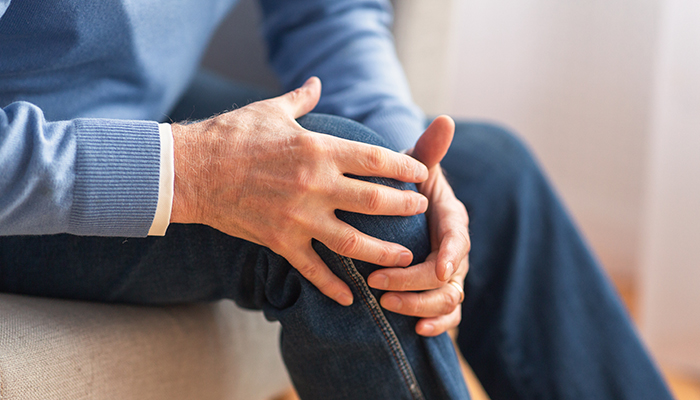
The most common arthritis is osteoarthritis, which occurs most often in the hands, knees, hips, lower back, neck, and feet. It affects roughly half of those age 65 and over. With osteoarthritis, the smooth layer of cartilage between the bones in the joints deteriorates, causing bone to scrape directly on bone. Ouch! If your loved one has stiffness or pain associated with this condition, it very likely limits their ability to enjoy their usual activities. Fortunately, there are many ways to relieve pain and reduce wear and tear.
- Weight loss. If the arthritis involves the hips or knees, a weight loss of even 10 pounds can make a significant difference.
- Low-impact exercise. Motion is lotion. Think in terms of fluid movements and low-impact activities such as tai chi, swimming, biking. Check for special arthritis exercise classes sponsored at senior centers.
- Hot and cold compresses. Moist heat helps relieve immediate pain. Cold can be used after exercise to reduce muscle pain.
- Topical creams. Ointments with capsaicin—an extract of chili peppers—have been shown to provide relief for some people. But the ointment must be applied four times a day.
- Assistive devices. A cane can take some of the burden off knees and hips. Other devices may help with tasks that involve grabbing and opening. Ask the doctor for a session with an occupational therapist.
- Omega-3 fats. These fats tend to reduce the inflammation of the joints. They are found in oily fish such as salmon and tuna, and in walnuts. They can also be taken as supplements.
- Over-the-counter pain relievers. Acetaminophen, ibuprofen, and naproxen are effective for short-term relief. Using them for longer than 10 days at a stretch is not advised.
- Supplements. Studies done on glucosamine and chondroitin reveal mixed results. These compounds can also change the effectiveness of other medications. Check with the doctor or pharmacist before trying them.

